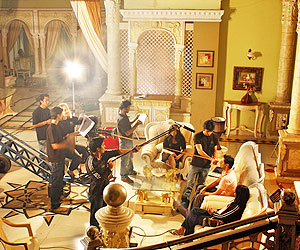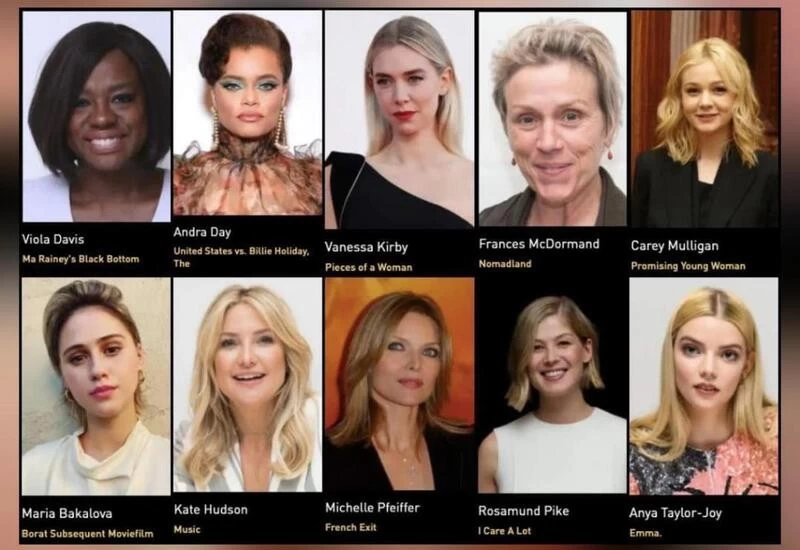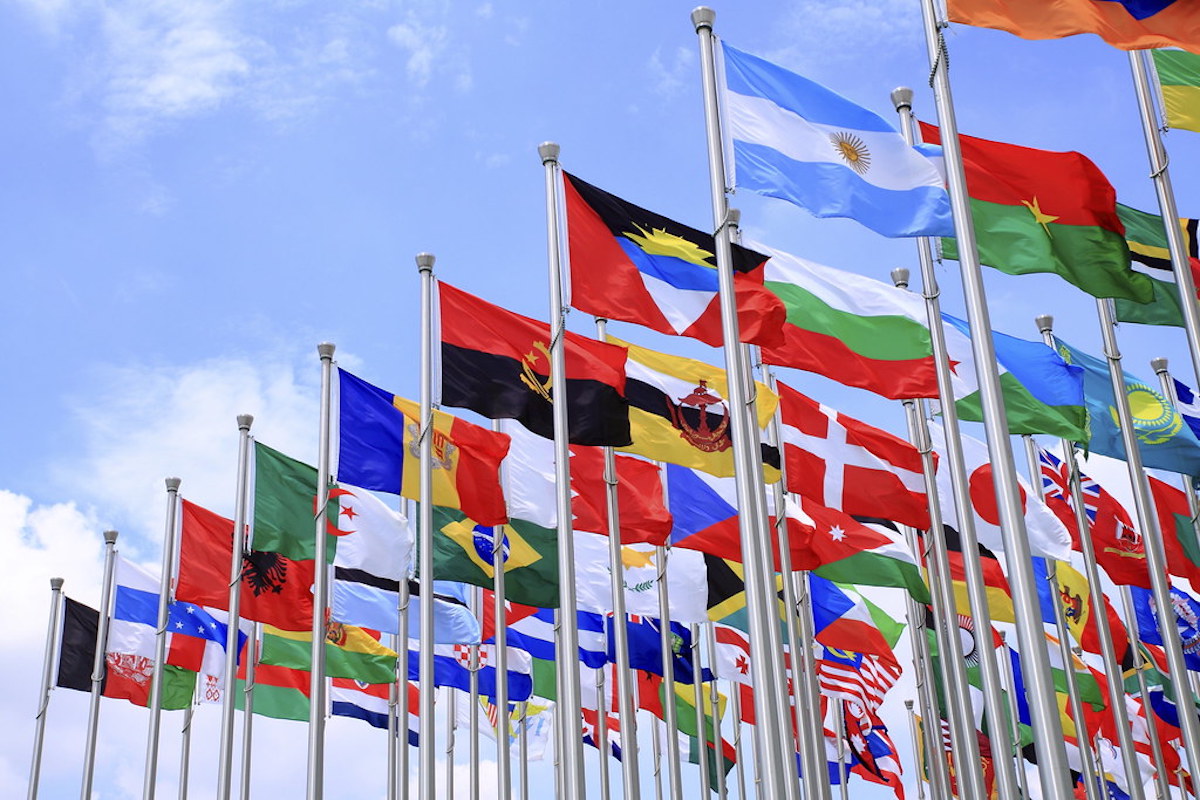How to Explore the Different Characters in Movies
Unlock the Magic: Discover Countless Different Characters in Movies! ???? Explore a World of Cinema Diversity

Describe the Role of Actors and Actresses in Movies
Movies have been a form of entertainment and artistry for over a century, captivating audiences worldwide. At the heart of every great film are the actors and actresses who bring characters to life, weaving narratives that resonate with viewers on emotional, intellectual, and sensory levels. In this comprehensive exploration, we will delve into the multifaceted role of actors and actresses in movies, examining their impact on storytelling, character development, and the overall cinematic experience.
Conveying Emotions and Building Connections
One of the primary roles of actors and actresses in movies is to convey emotions effectively. They serve as the conduits through which the audience connects with the story and its characters. The power of their performances lies in their ability to make viewers feel joy, sorrow, anger, fear, and every emotion in between.
- Emotional Engagement: Actors and actresses have the responsibility to immerse themselves in the emotional lives of their characters. Their ability to authentically express emotions enables the audience to empathize, sympathize, or even despise the characters they portray. This emotional connection is what draws viewers into the story.
- Character Relatability: Actors and actresses create characters that resonate with the audience. Whether through humor, vulnerability, or authenticity, they make their characters relatable. When viewers see parts of themselves or their experiences reflected in these characters, it deepens their emotional investment in the story.
?Bringing Characters to Life
Actors and actresses are the lifeblood of a film's characters. They are responsible for breathing life into written words, transforming two-dimensional scripts into fully realized, three-dimensional individuals.
- Character Development: Through their performances, actors and actresses contribute to the development of their characters. They explore the backgrounds, motivations, and inner conflicts of the roles they play, making them more complex and believable.
- Physicality and Appearance: Actors and actresses often undergo physical transformations to embody their characters convincingly. They change their appearance, adopt accents, and even gain or lose weight, all in service of bringing the character to life.
- Creating Iconic Roles: Some actors and actresses become synonymous with certain iconic roles. Their performances define characters for generations, leaving an indelible mark on the cinematic landscape. For example, Sir Anthony Hopkins as Hannibal Lecter in "The Silence of the Lambs" or Meryl Streep as Miranda Priestly in "The Devil Wears Prada."
Advancing the Narrative
Actors and actresses are essential in advancing the narrative of a film. Their actions, dialogues, and interactions drive the story forward, making them integral to the storytelling process.
- Dialogue Delivery: The way actors and actresses deliver their lines can shape the tone and direction of a scene. A well-timed quip, a heartfelt confession, or a tense confrontation can all propel the plot and reveal character motivations.
- Non-Verbal Communication: Beyond spoken words, actors and actresses communicate through body language, facial expressions, and gestures. These non-verbal cues can convey hidden emotions, adding depth to the storytelling.
- Chemistry and Relationships: Actors and actresses establish on-screen relationships that can make or break a film. Whether it's the sizzling chemistry between romantic leads or the dynamic between adversaries, these interactions are pivotal in shaping the narrative.
Collaboration and Adaptation
The movie-making process is highly collaborative, and actors and actresses are central to this collaboration. They must work closely with directors, writers, and fellow cast members to ensure the film's success.
- Directorial Guidance: Directors provide guidance to actors and actresses, helping them understand the vision for the film and their characters. They work together to fine-tune performances and ensure they align with the overall tone of the movie.
- Script Adaptation: Actors and actresses often have input into their characters' development. They may suggest changes to the script or collaborate with writers to make their roles more authentic and compelling.
- Ensemble Dynamics: The ensemble cast is crucial in many films. Actors and actresses must collaborate effectively, forming a cohesive unit that supports the narrative. Their ability to work together and adapt to one another's styles can make or break a movie.
Versatility and Range
Actors and actresses showcase their versatility and range by taking on a diverse array of roles throughout their careers. This willingness to embrace different characters and genres challenges their skills and keeps their performances fresh and engaging.
- Genre Flexibility: Many actors and actresses excel in multiple genres, from comedy to drama, action to romance. Their ability to adapt to different styles of storytelling demonstrates their versatility.
- Character Transformation: Some actors and actresses are known for their transformative abilities. They can convincingly play characters of various ages, backgrounds, and temperaments, showcasing their range as performers.
- Awards and Recognition: The industry often rewards actors and actresses who push their boundaries and take on challenging roles. Awards ceremonies like the Oscars and Golden Globes recognize and celebrate outstanding performances that demonstrate exceptional skill and versatility.
Cultural Impact and Representation
Actors and actresses also play a pivotal role in shaping cultural perceptions and promoting diversity and representation in cinema.
- Diversity and Inclusion: The entertainment industry has seen a growing demand for diversity and inclusion in recent years. Actors and actresses who represent underrepresented communities help expand the scope of stories and foster a more inclusive cinematic landscape.
- Social Influence: Prominent actors and actresses often use their platforms to advocate for social causes and raise awareness of important issues. Their influence can extend beyond the screen, making them cultural icons and agents of change.
Immortality Through Film
One unique aspect of the actor's and actress's role in movies is the immortality their work provides. Through their performances, they leave a lasting legacy for generations to enjoy.
- Cinematic Legacy: Iconic actors and actresses become part of the cinematic pantheon. Their work continues to be celebrated and revisited by new generations of film enthusiasts, ensuring their legacy endures.
- Influence on Future Generations: Many aspiring actors and actresses are inspired by the performances of their predecessors. They study the craft, techniques, and choices of those who came before, contributing to the evolution of acting in film.
Actors and actresses are the heart and soul of the movies, playing multifaceted roles that extend far beyond the screen. They are emotional conduits, character builders, and narrative drivers. Through their talent, versatility, and dedication, they make movies a powerful medium for storytelling, entertainment, and cultural reflection. The impact of actors and actresses on the world of cinema is immeasurable, and their contributions continue to shape the art of filmmaking for generations to come.
What's Your Reaction?
















